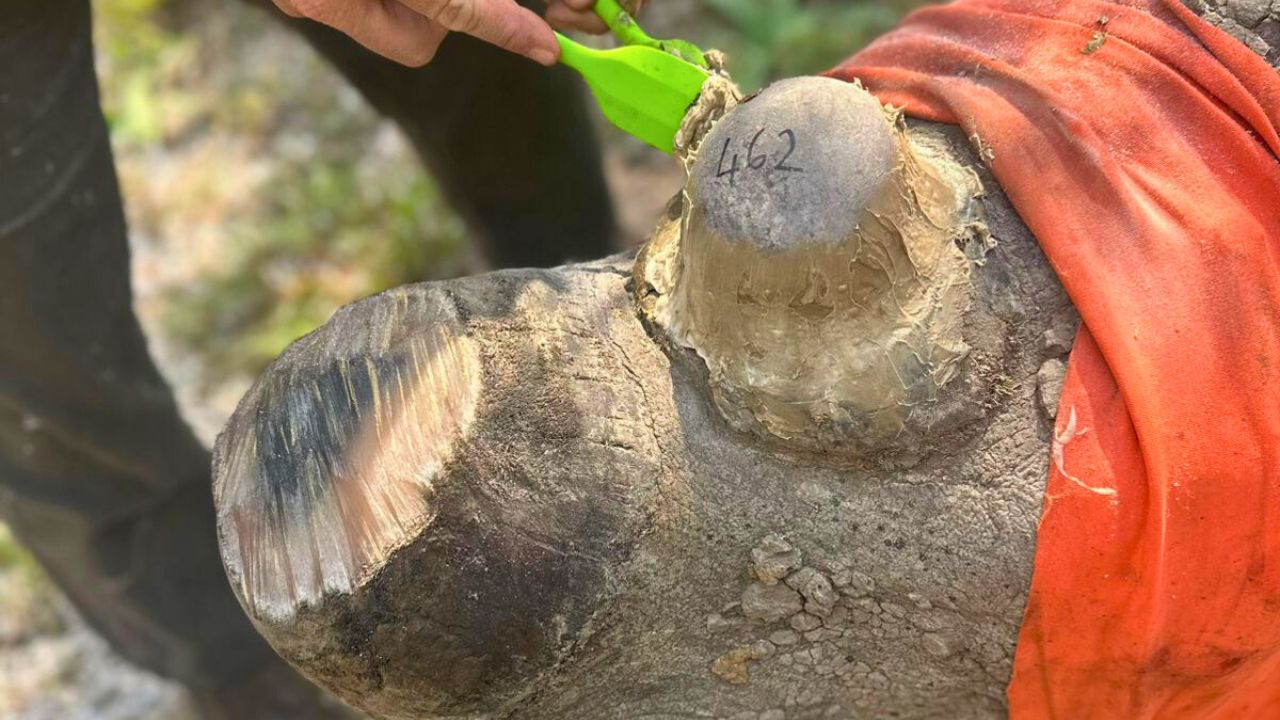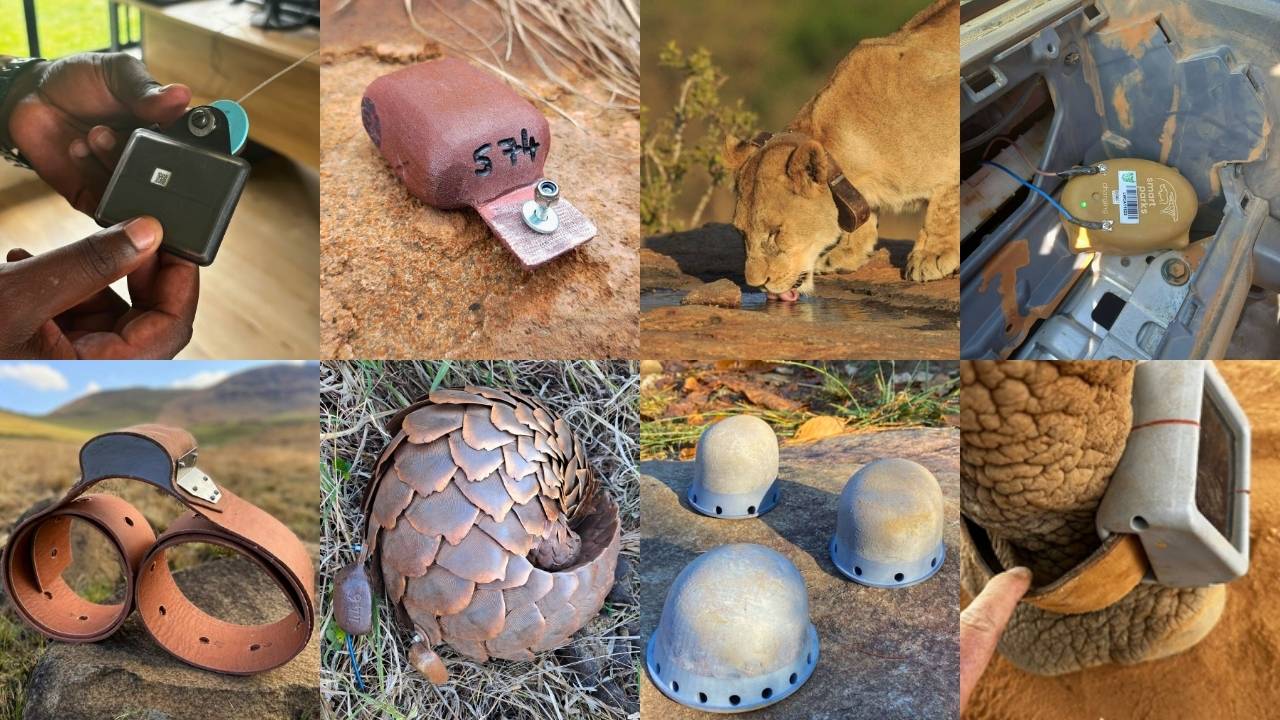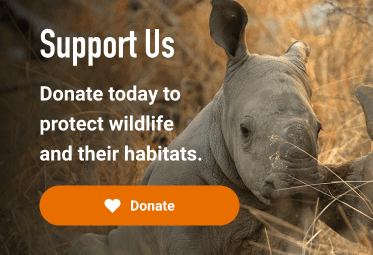Introducing the IoT Assistant: Making Sense of Sensors for Conservation
CCF announces the launch of an AI-powered decision-support tool that helps conservation practitioners identify the most effective IoT (Internet of Things) devices for data collection, while inviting users to contribute field reviews that advance shared learning.
Technology is now playing a critical role in real-time response, monitoring and planning to keep ecosystems resilient. A part of this technology ecosystem is LoRaWAN (Long Range Wide Area Network), which connects a wide range of low-power, low-cost IoT sensors over long distances. But with thousands of sensors flooding the market—from small rhino tracking tags and water level gauges to fence alarms and vehicle trackers—how do you choose the right one for your needs?
Meet the new IoT Assistant
With the help of our partners, we have developed an AI-powered decision-support tool to simplify, enhance, and inform IoT sensor selection, backed by real-world reviews from practitioners.
Powered by large language models and real-world field data, the Assistant analyses reviews and use cases to recommend the best-fit sensors and gateways for your specific conservation scenario. Whether you’re setting up a fence monitoring system in Namibia or testing predator tracking collars in Kenya, the Assistant offers expert, field-tested guidance instantly.
➡️ Visit our LoRaWAN IoT Assistant 
Have you used LoRaWAN sensors in the field?
Let us know what works for you! We invite you to review IoT LoRaWAN sensors and rate them to share your experiences with other practitioners.
Your feedback helps refine AI recommendations, validate devices under real-world conditions, and guide manufacturers toward developing better-performing and more resilient technologies.

Field-test innovation
To ensure real-world relevance, we collaborate with a broad network of partners to rigorously field-test and deploy an expanding array of IoT devices. With 130 sensors already reviewed across wildlife tracking, infrastructure monitoring, and environmental sensing—and a goal of 200 by mid-2026—CCF is building a comprehensive, field-informed database to support the effective deployment of conservation technology.

Ongoing validation
Our technical team reviews and validates each submission to ensure reliability and accountability, working closely with the sensor manufacturers to ensure reviews are fair and take in the full context of the deployments, device performance and resilience.
The result is a virtuous cycle of AI decision support and innovation: users share data → refined insights → manufacturers iterate → conservation outcomes improve.
Submit your sensor review


